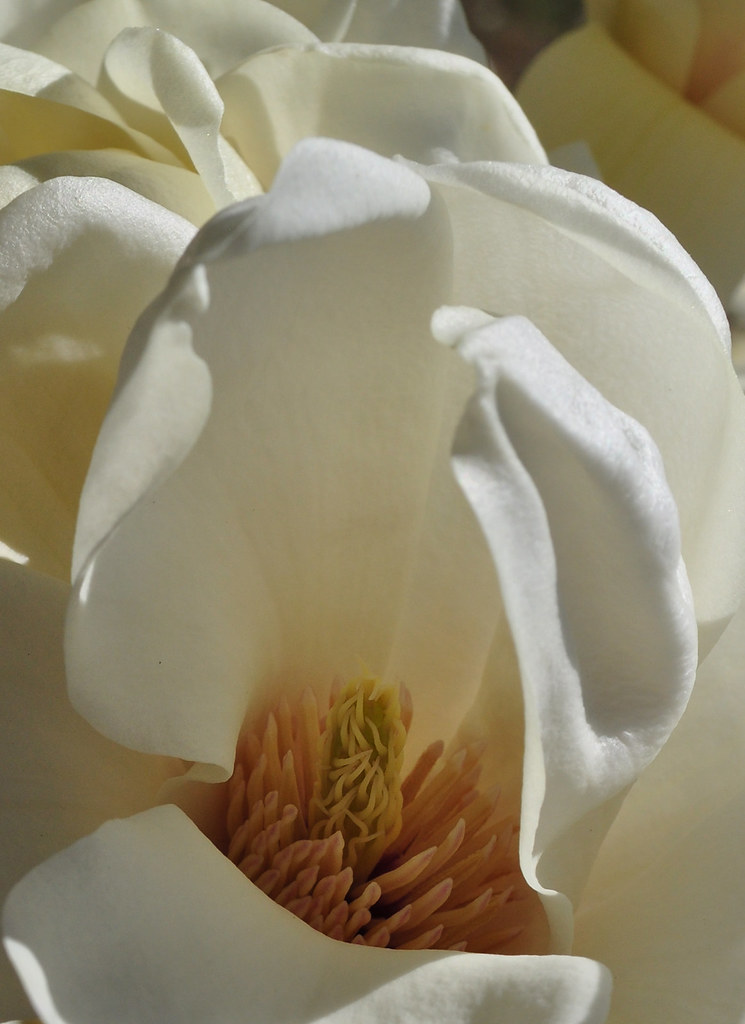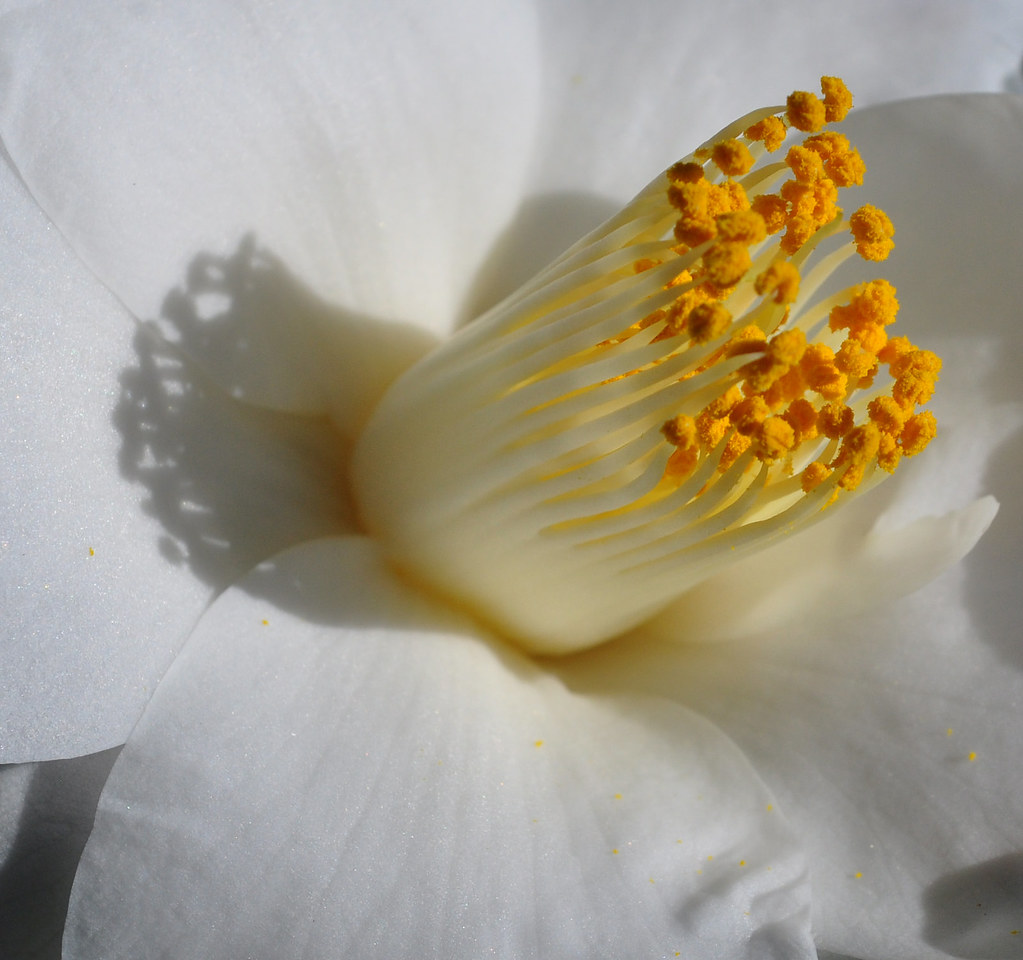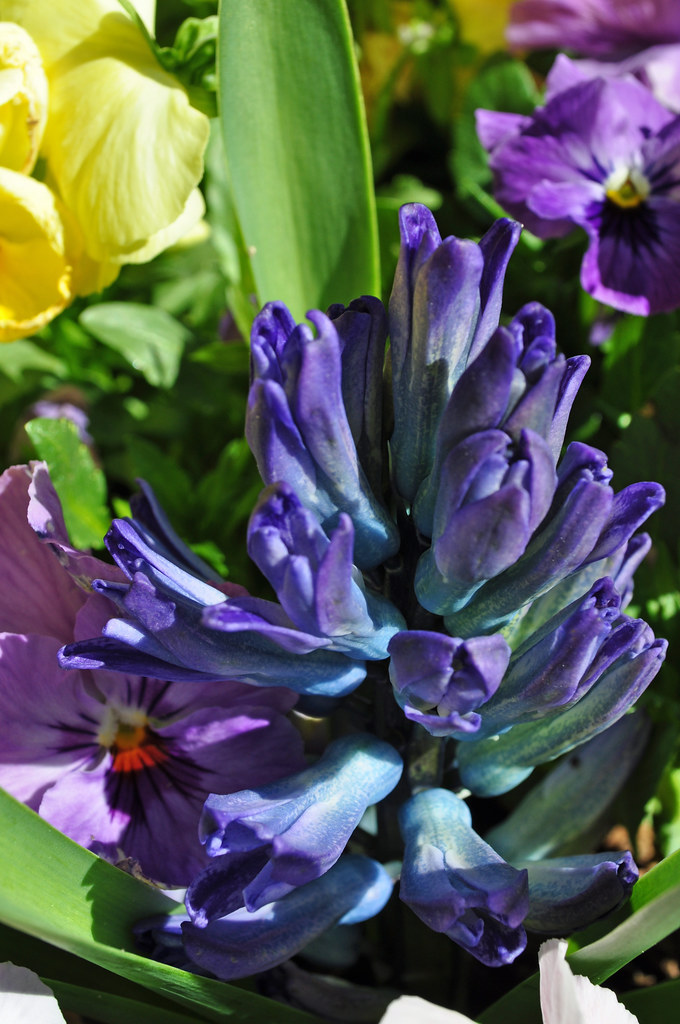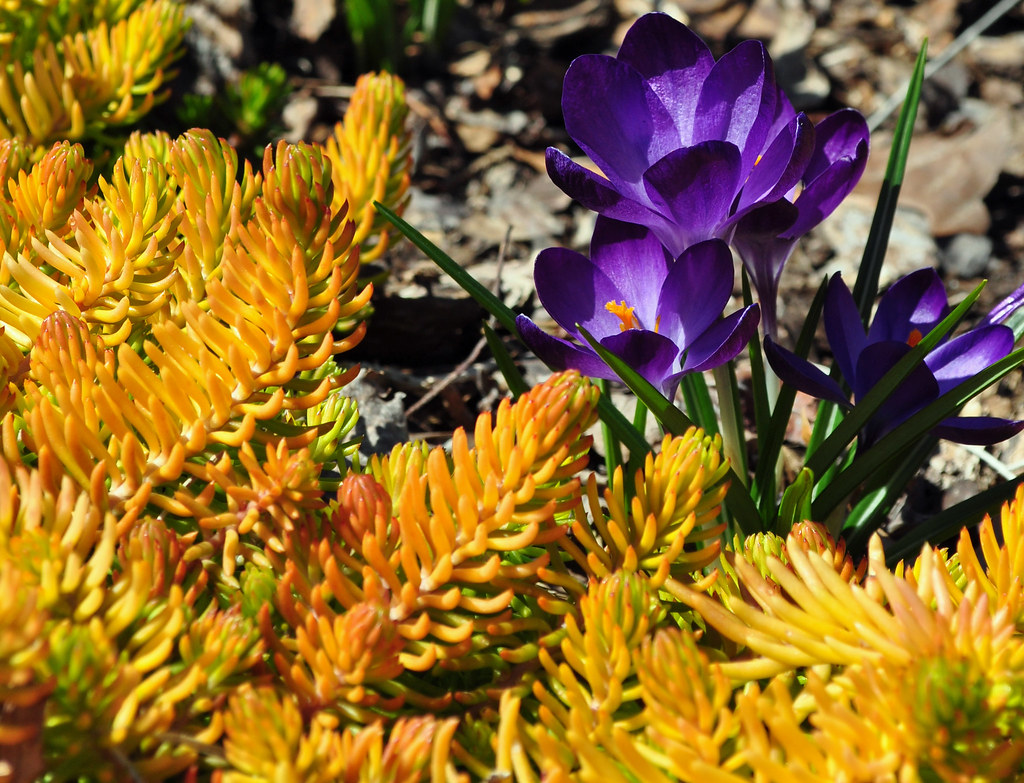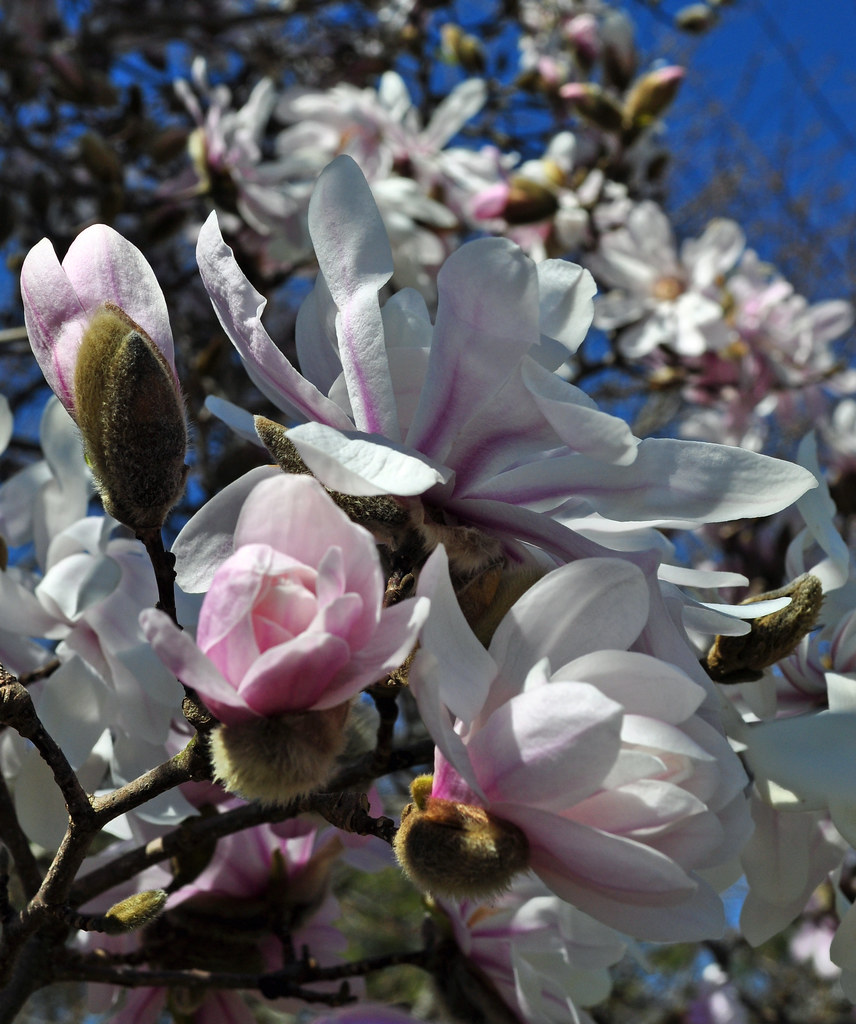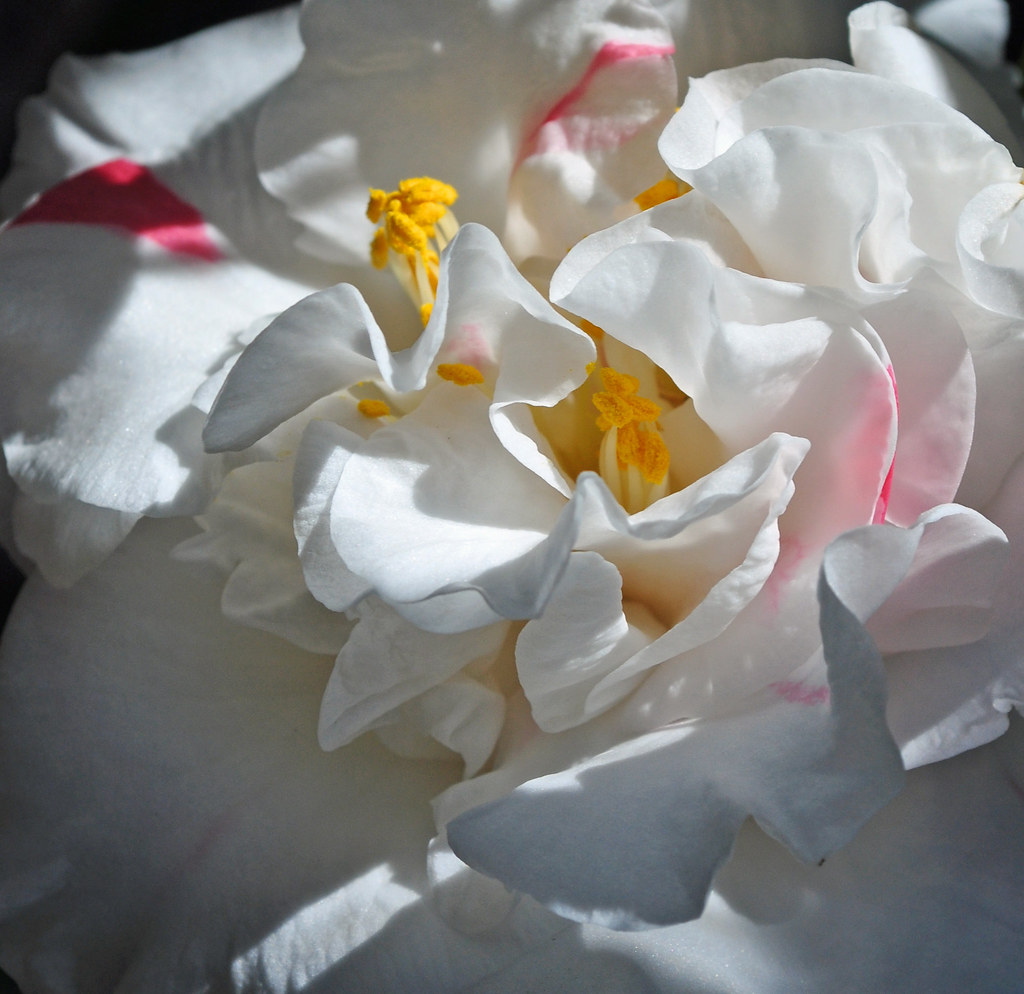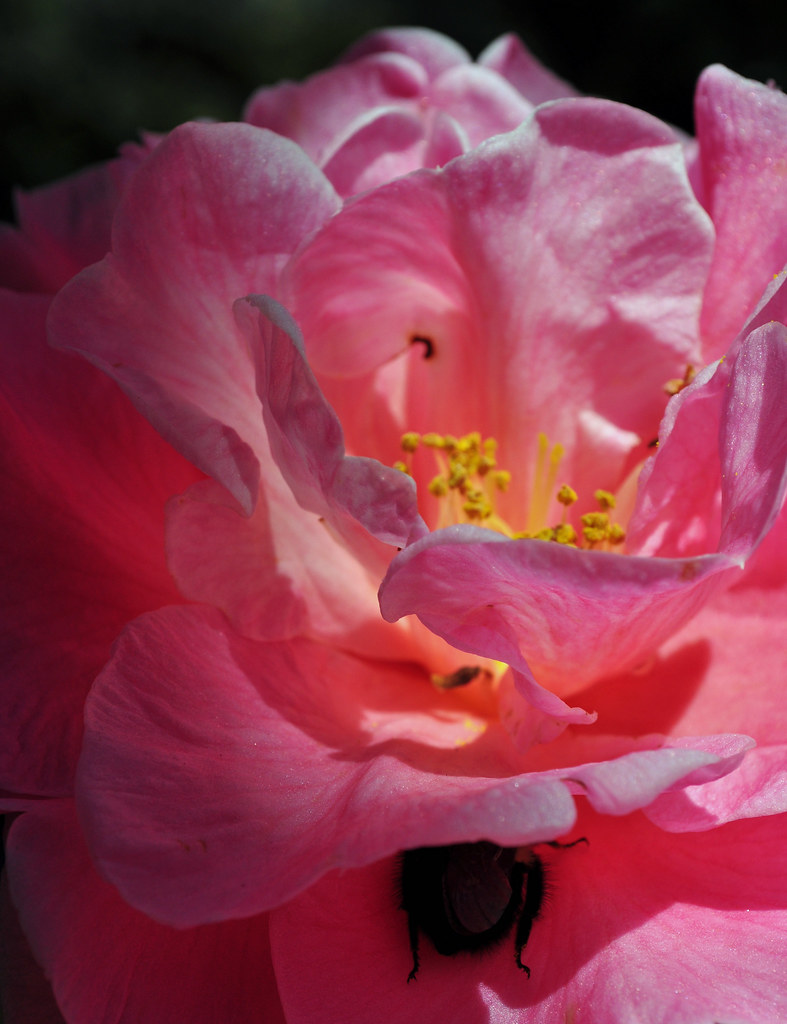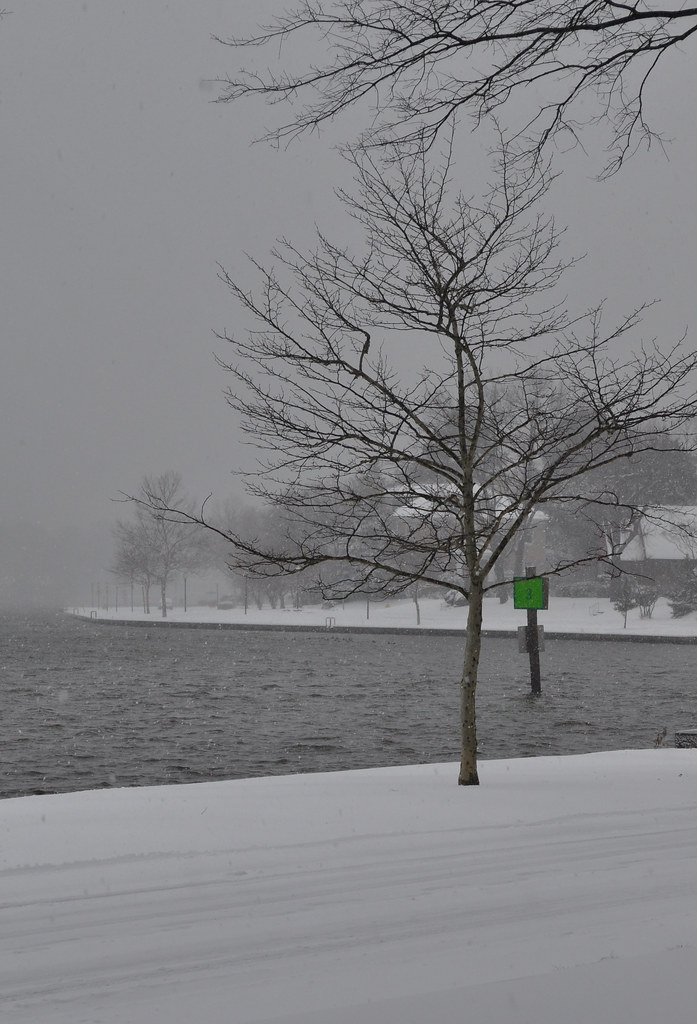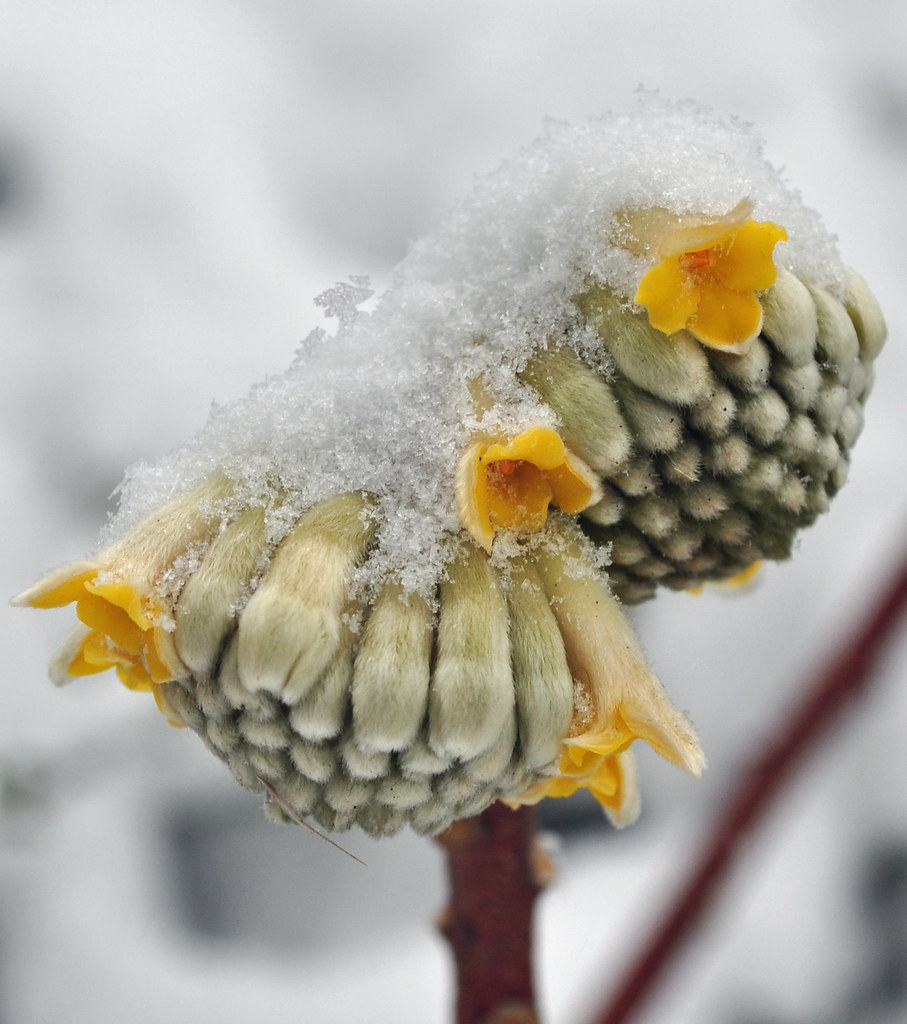Sparrows and Camellias, Hiroshige Utagawa
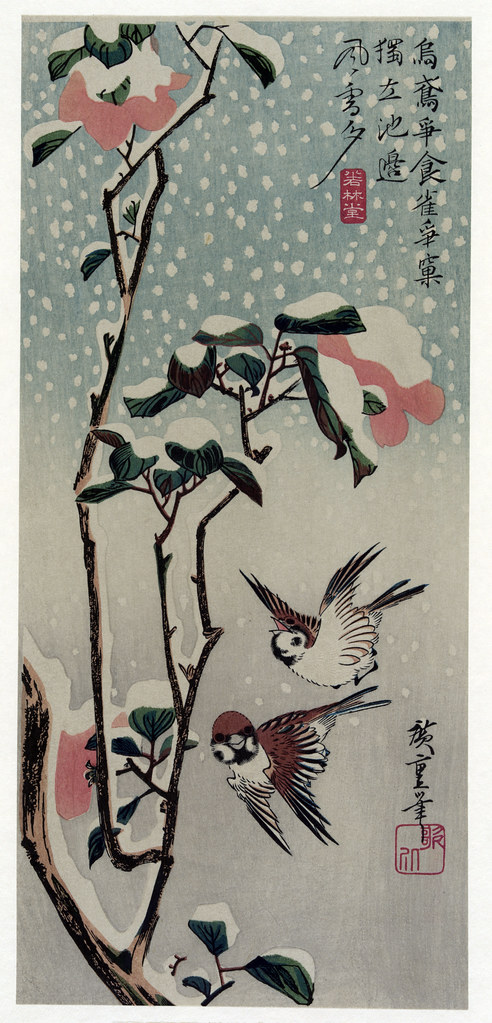
Earlier this winter, one of my favorite customers called me looking for a type of Camellia called Higo, which she said was the Samurai's Camellia. Even though I like to think I know more than a little about one of my favorite plants, I had not heard of these. Most of my ignorance about Samurais and feudal Japan came from reading James Clavell's
Shogun and by watching Akira Kurosawa's
Ran. Due to her enthusiasm for the plant I did a bit of reading on the topic and tried unsuccessfully to find a source I could access.
Camellia japonica 'Happy Higo'
Higo Camellias are a group of
Camellia japonica cultivars that were indeed bred, selected and cherished by Samurais and their families. They take their name from the old Japanese province of Higo, which is now Kumamoto prefecture. There are several characteristics that distinguish these Camellias from others. The most important being lots of showy, exposed stamens (the more the better) that are arrayed in a sunburst pattern. The Japanese refer to this pattern as
ume-jin, with
ume from the word for Flowering Apricot (
Prunus mume) and its similarly patterned stamens.
Jin means soul or spirit, so with Camellias blooming in the cold of winter they came to symbolize the Samurai's bravery. Another important characteristic of Higo Camellias are flat, splayed back petals, few in number, often asymmetric, so as to call more attention to the perfect display of stamens. Another characteristic is the clean drop of spent blossoms. Higos were traditionally planted adjacent to the Samurai's burial place so that the fallen flowers could adorn the grave. As well as being a favored garden plant, they were also used extensively in bonsai.
Camellia japonica bonsai from Wikipedia Commons
![479px-Japanese_Camellia_bonsai_55,_December_24,_2008[1]](http://farm3.static.flickr.com/2800/4465504447_122abd7a31_o.jpg)
After the Meiji Restoration in 1868 the Samurai's role in Japanese society was relegated to the myths of history, and the cultivation of Higos was no longer widespread. Individual varieties did manage to survive behind the gates of old family homes, at monasteries and in graveyards. Unfortunately much of Kumamoto and its Camellias were reduced to ashes in World War II. In the late 1950's the Higo Camellia Society was established in Japan, and they have now listed 120 Higo cultivars, including many rescues and a few more recently developed. I was able to find several on-line sources for Higos, but no wholesale growers. Perhaps that will change; while I was at the
Norfolk Botanical Garden last week I saw local Camellia grower Bob Black of
Bennetts Creek Nursery admiring the few Higos planted there.
Camellia japonica 'Okan'
If you are interested in learning more about Higo Camellias, the
International Camellia Society has an informative page. I used their site and Sterling Macoboy's book
The Illustrated Encyclopedia of Camellias to get most of my information. For those of you into overkill, I have also recently doubled the number of photos in
my Flickr Camellia file.
















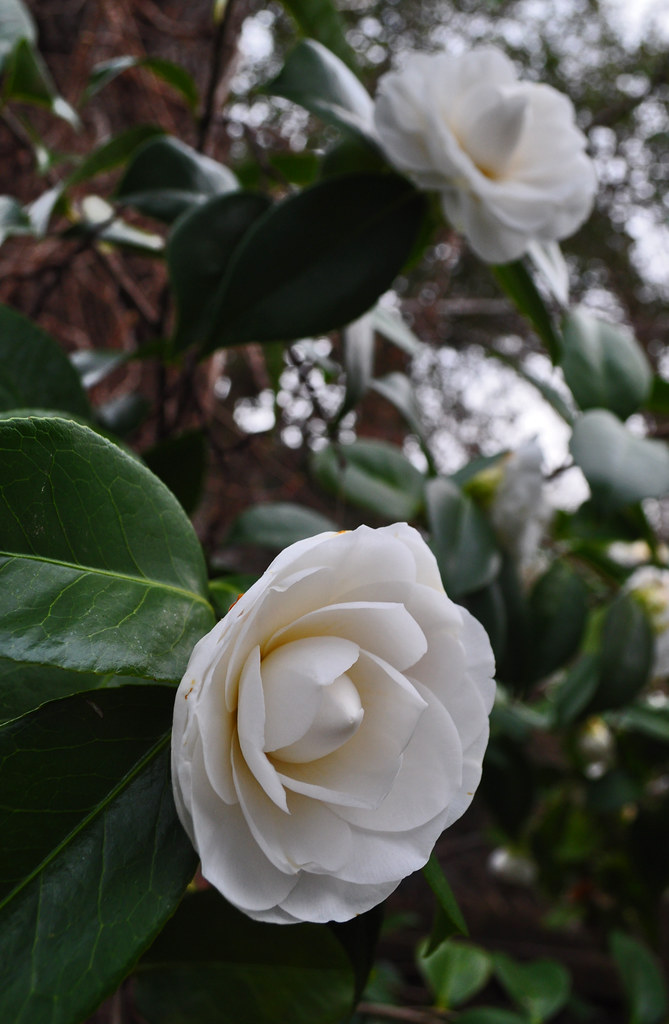
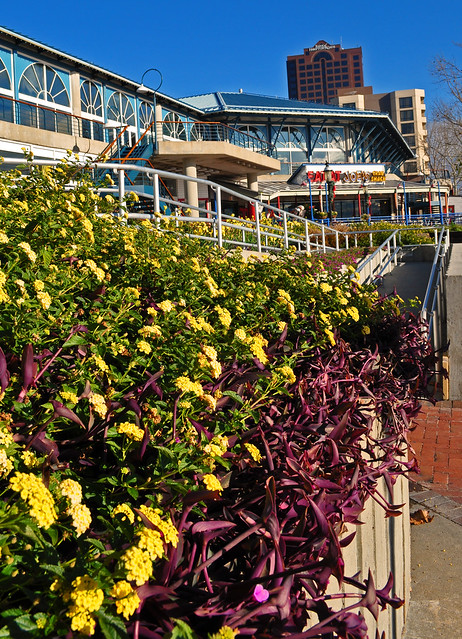
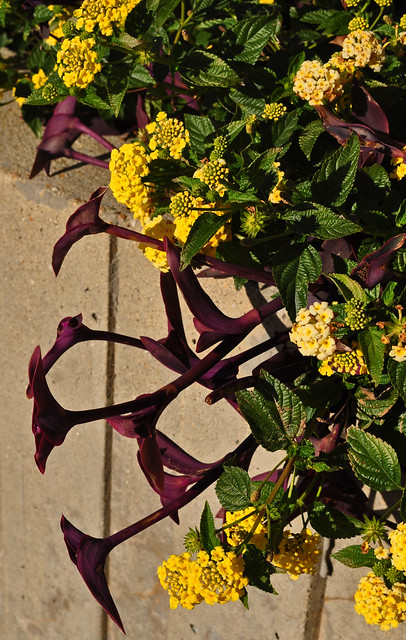
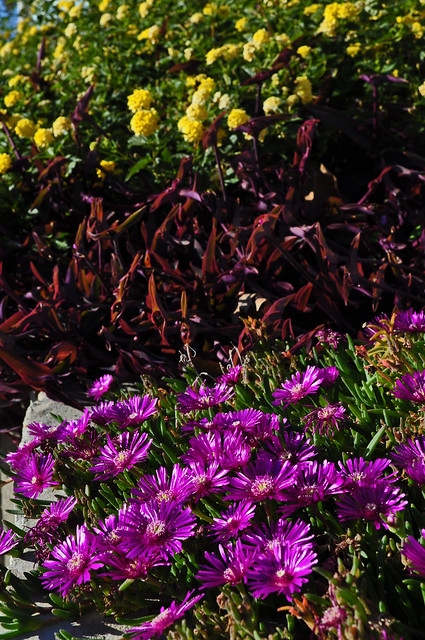


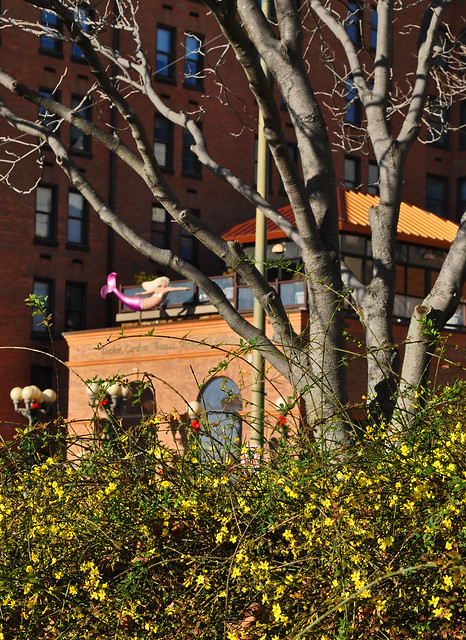
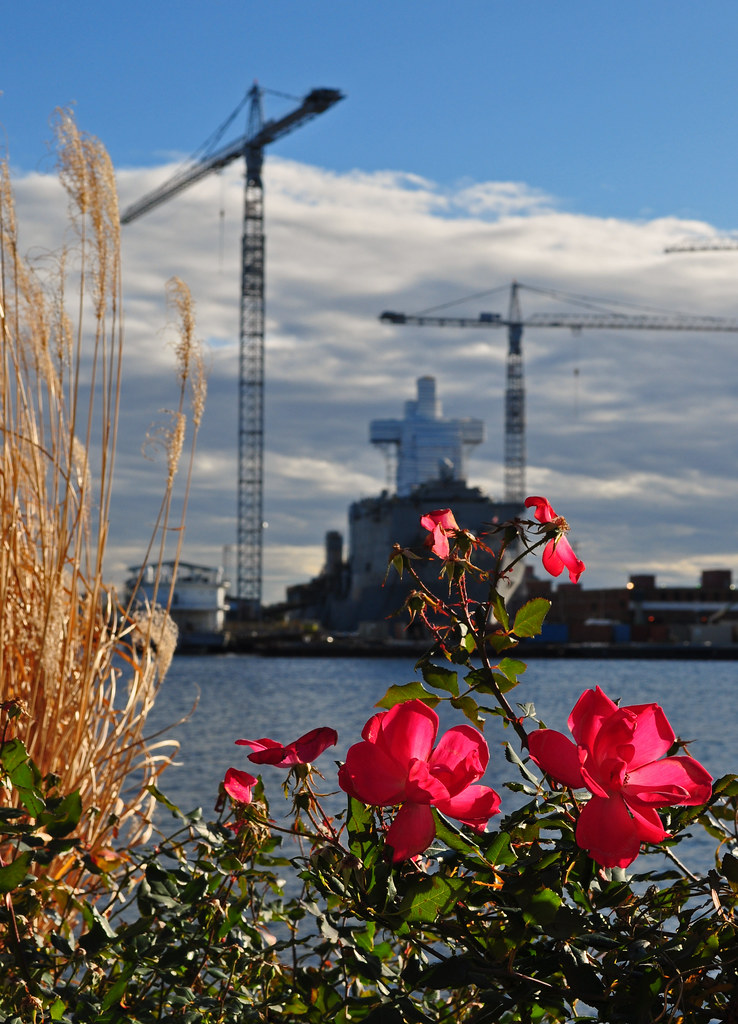




![479px-Japanese_Camellia_bonsai_55,_December_24,_2008[1]](http://farm3.static.flickr.com/2800/4465504447_122abd7a31_o.jpg)

